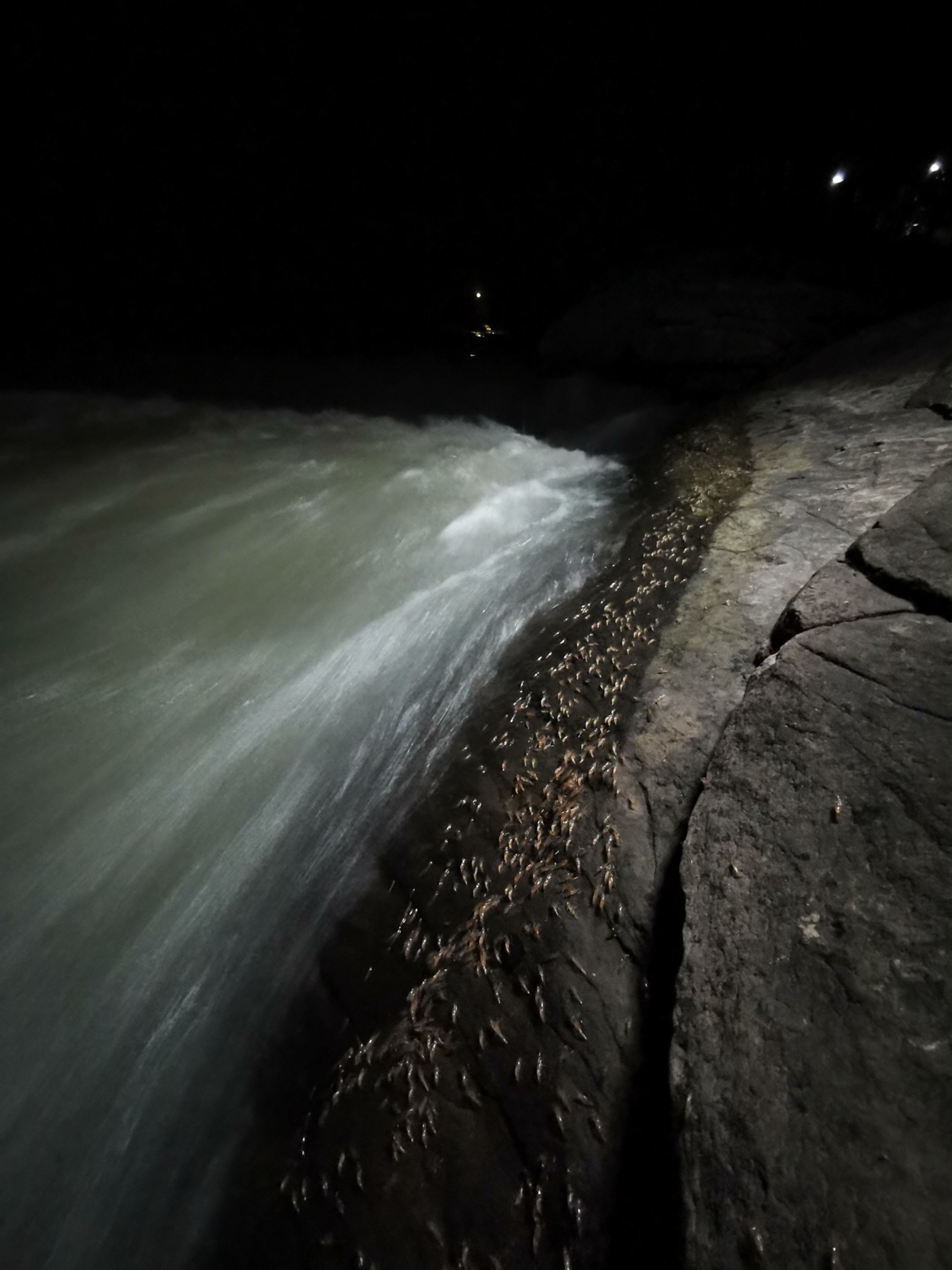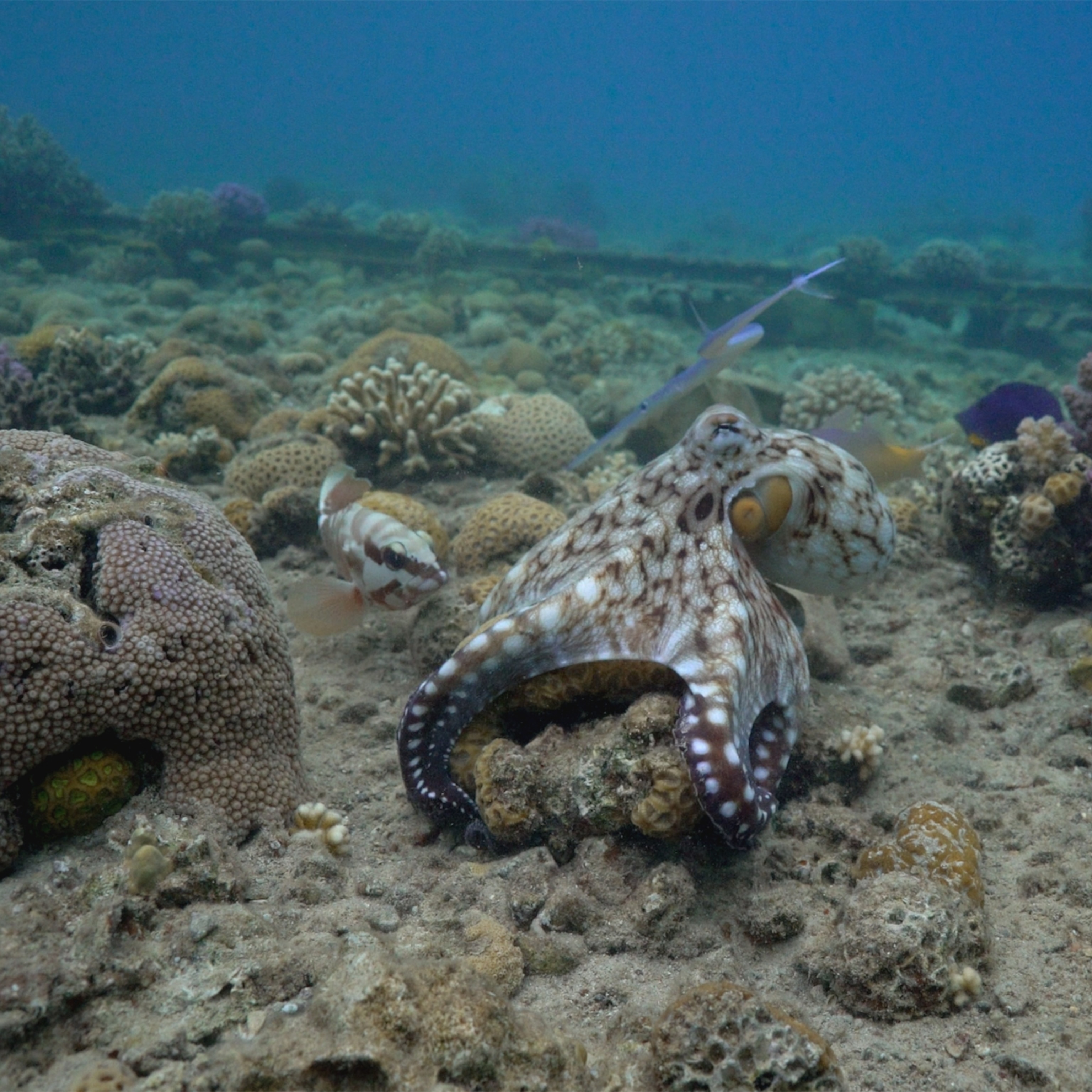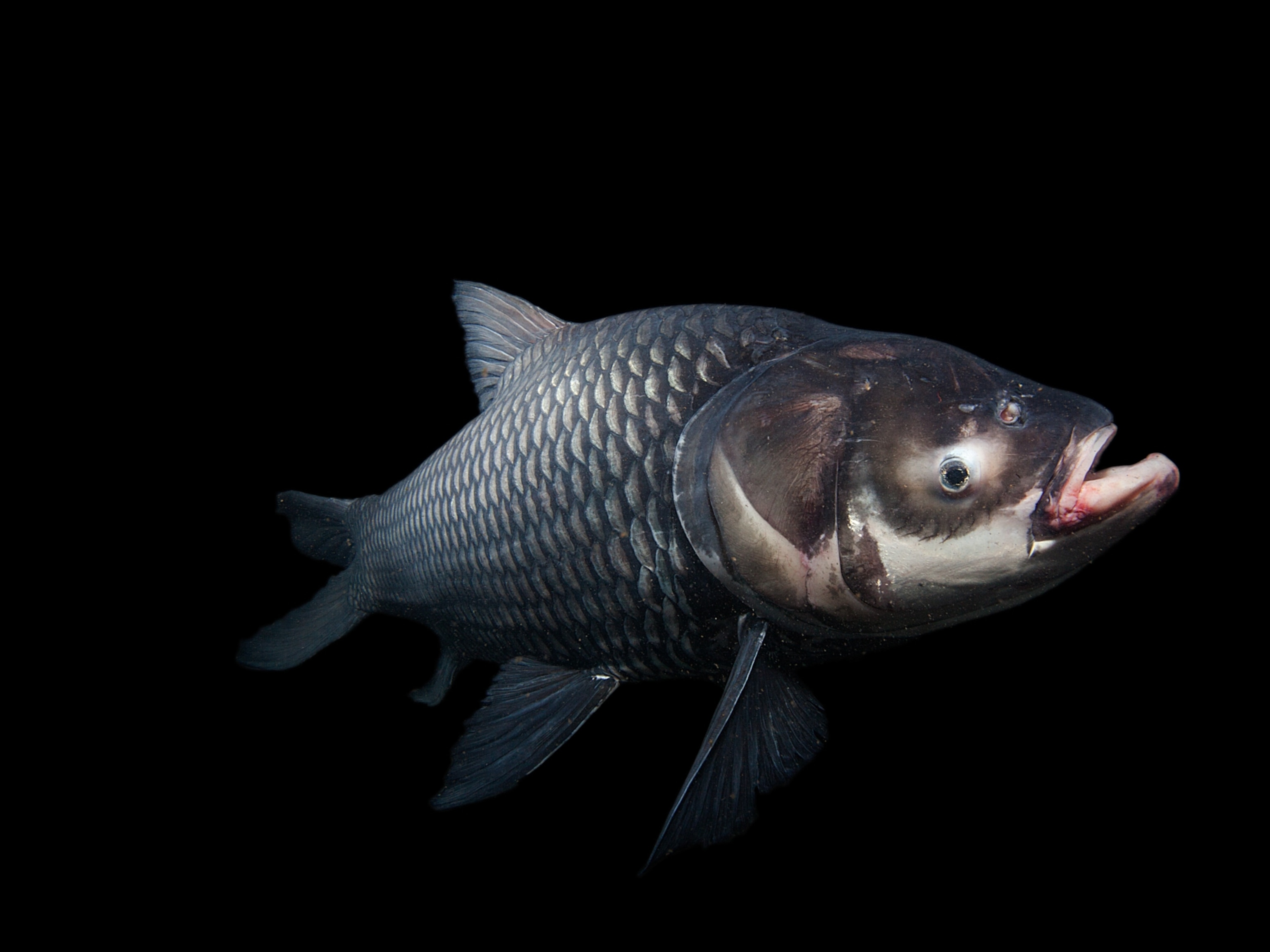Growing up in Bangkok, Thailand, Watcharapong Hongjamrassilp was captivated by TV news reports about the “parading” freshwater shrimp of Ubon Ratchathani Province that walk out of their streams during the annual rainy season to embark on mysterious nocturnal marches.
His early interest in animal behavior blossomed into an academic passion, and after earning an undergraduate degree in biology, Hongjamrassilp came to the United States to pursue graduate studies.
In 2017, Hongjamrassilp was a National Geographic Explorer at UCLA studying fish aggression and communication, but he still thought about those shrimp that had made an impression on him decades earlier. (Go underwater into the overlooked world of freshwater animals.)
“It was just five minutes, but it was in my brain for 20 years,” says Hongjamrassilp.
He discovered that despite the shrimps’ popularity among tourists and their prominence in local folklore, no one had ever studied why the thumbnail-size animals leave the water or identified their species. A scientific mission came into focus: He was eager to return to his homeland to study the native fauna and how they connect with human communities.
“I wanted to make a project that could help people in Thailand and at the same time help the environment,” he says.
Secrets of the shrimp
In 2018 and 2019, Hongjamrassilp staked out the Lamdom River in northeastern Thailand and identified two places where hundreds of thousands of freshwater shrimp leave the thundering waters during the wet months of August to October. He and his colleagues set up time-lapse night cameras to capture their movements. (Read how Thailand is working to save its natural wonders.)
Their findings, published recently in the Journal of Zoology, suggest the shrimp are likely detouring from especially strong currents: The more powerful the current, the more likely the crustaceans were to crawl on land, walk upstream, and then return in an area where waters were calmer.


The parade, they observed, is a continuous stream of shrimp leaving and joining the crowd, depending on the amount of time they’d been out of the water, with some individuals marching distances of up to 65 feet.
In laboratory tanks, Hongjamrassilp also induced wild-caught shrimp to leave the water—but only after two years of figuring out the perfect conditions. The trick was using water straight from the river and upping the flow speed.

“I shouted with joy when I first saw the first shrimp walk out of the water. I was thinking, Oh my gosh, I deciphered [a] secret of nature!” he says.
Mysteriously, cooler temperatures and low light seem to be key cues for the shrimp to leave the water, adds Hongjamrassilp, who tested factors such as light level, current strength, and water temperature in his lab experiments.
In the final stage of his study, he ran a genetic analysis on the shrimp, which revealed the species as Macrobrachium dienbienphuense, first identified in the 1970s but not known to be the parading shrimp.
Moveable feast
M. dienbienphuense face risks in leaving the water, namely a plethora of hungry land animals. Frogs, lizards, and snakes are standard predators, and Hongjamrassilp has also seen earwigs and fishing spiders partake.
The spiders simply wait along the stream for the shrimp to walk by, a strategy Hongjamrassilp likens to waiting for conveyor belt sushi.
Each rainy season, this mobile buffet likely adds a surge of protein into the food web, which he wants to explore further. With the shrimps’ migration, he says, “they actually transfer some energy from the water aquatic ecosystem to the terrestrial ecosystem.” (See more pictures of freshwater plants and animals.)
Peter Novak, a freshwater ecologist at Western Australia’s Department of Biodiversity, Conservation and Attractions, says it’s intriguing that the parades don’t seem to be part of a milestone event, like reproduction.
“[The findings] do raise interesting questions about why these animals are moving upstream if there is no need to be downstream in the first place,” says Novak, who wasn’t involved in the study.
Some of M. dienbienphuense’s closest relatives are amphidromous, starting life in an estuary and migrating to river headwaters to spawn. Though M. dienbienphuense isn’t known to do this, Novak wonders if the parading shrimp are shuttling between parts of the river during different parts of their life cycle. For example, during higher river flows, adults ready to reproduce could be washed downstream into habitats favorable for young shrimp.
Though M. dienbienphuense is not threatened with extinction, tourism can have a negative impact, Hongjamrassilp says. When people shine their flashlights on the shrimp, the wee animals see that as a cue to get back into the water, where they’re sent swiftly downstream.
In recent decades, the parading shrimp have attracted more than 100,000 yearly tourists to the region, he says, promoted by the province as a unique ecotourism experience.
Caravan into the future
Hongjamrassilp hopes his research on shrimp parades could boost conservation of other freshwater crustaceans that are in decline.
For instance, dams can block movements of other shrimp, such as close relatives of M. dienbienphuense in Australia and Africa, fragmenting their populations and disrupting their migration. Parading shrimp could inspire future “shrimp ladders” to help their rarer kin, he says.
“Every single unit of nature is important, and we need to understand them so we can conserve them.”









